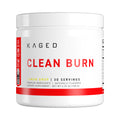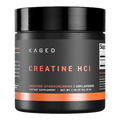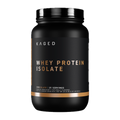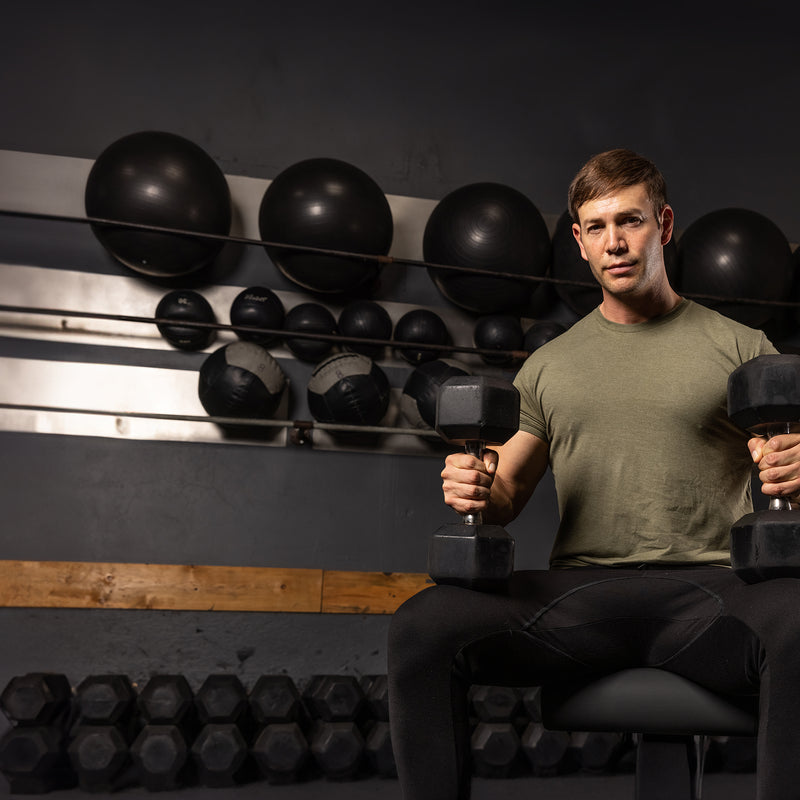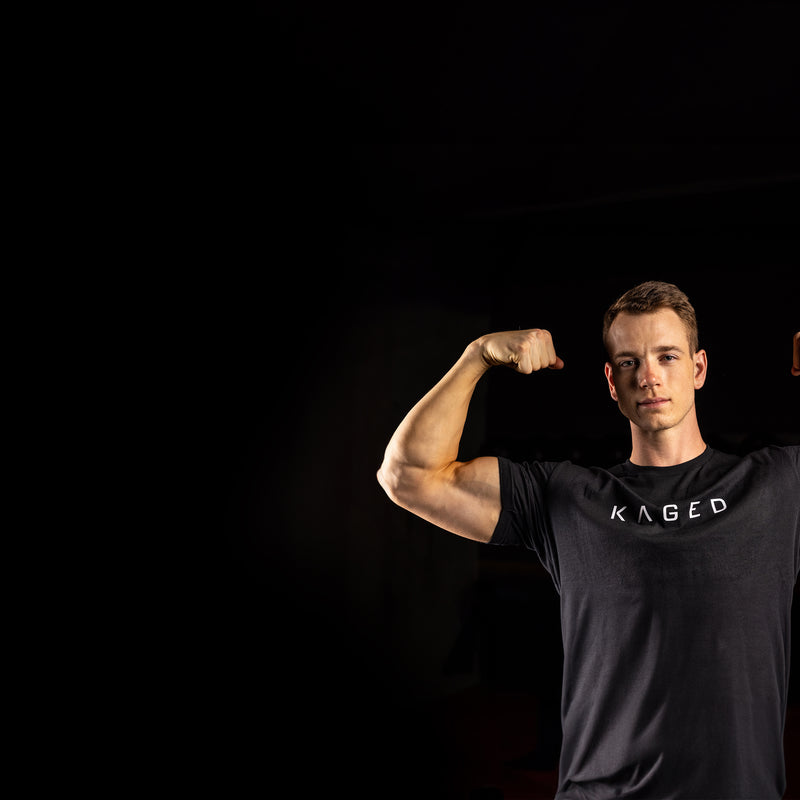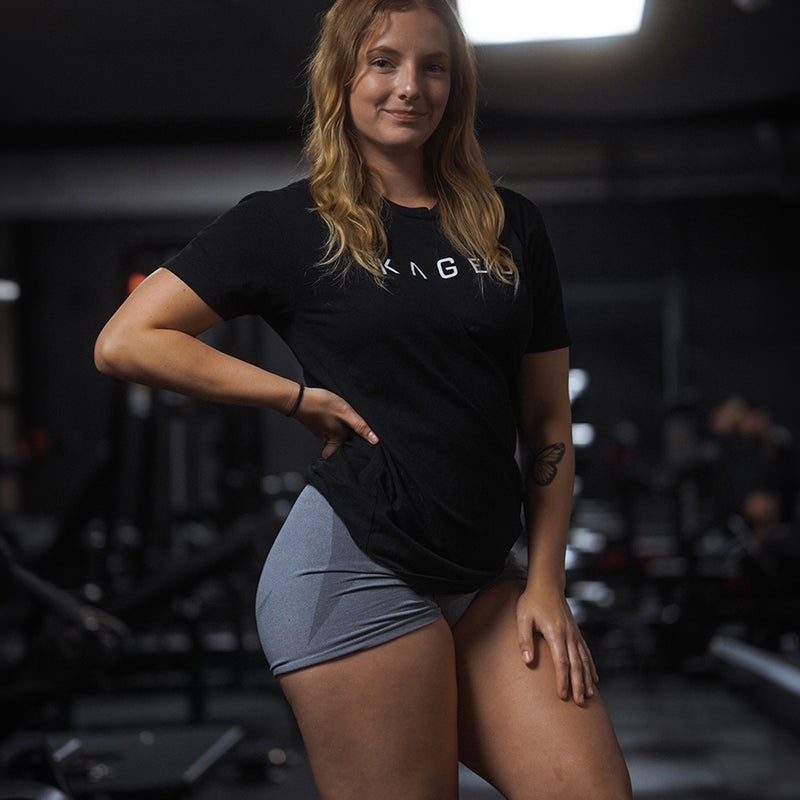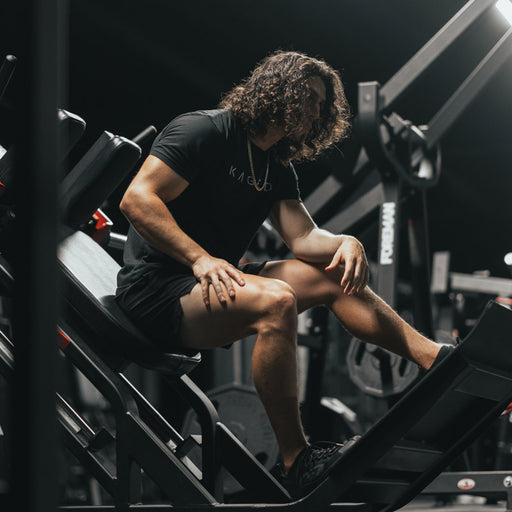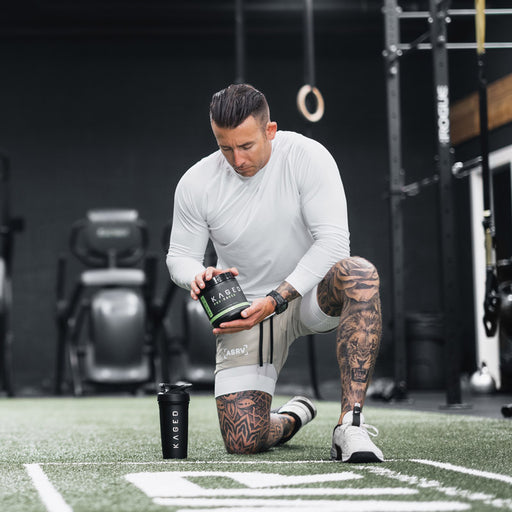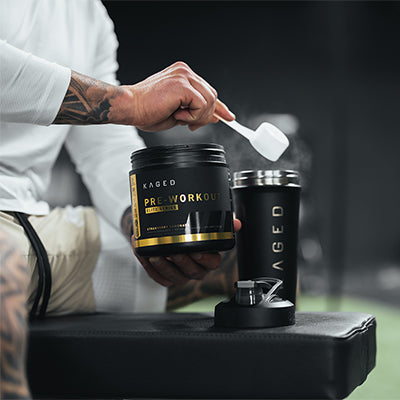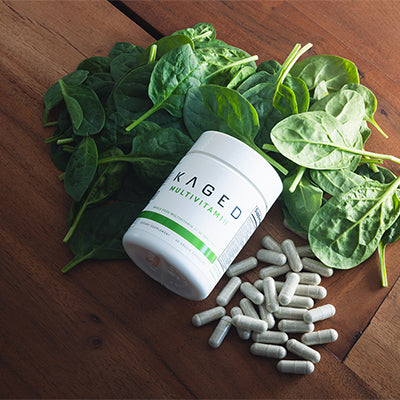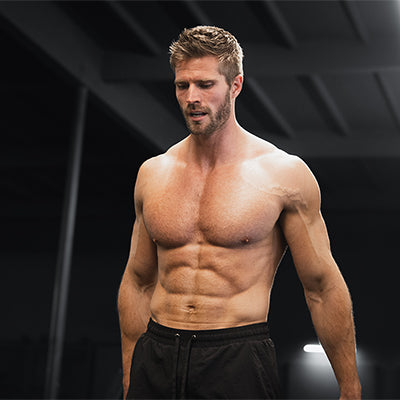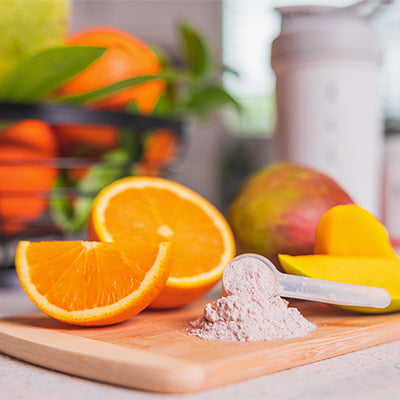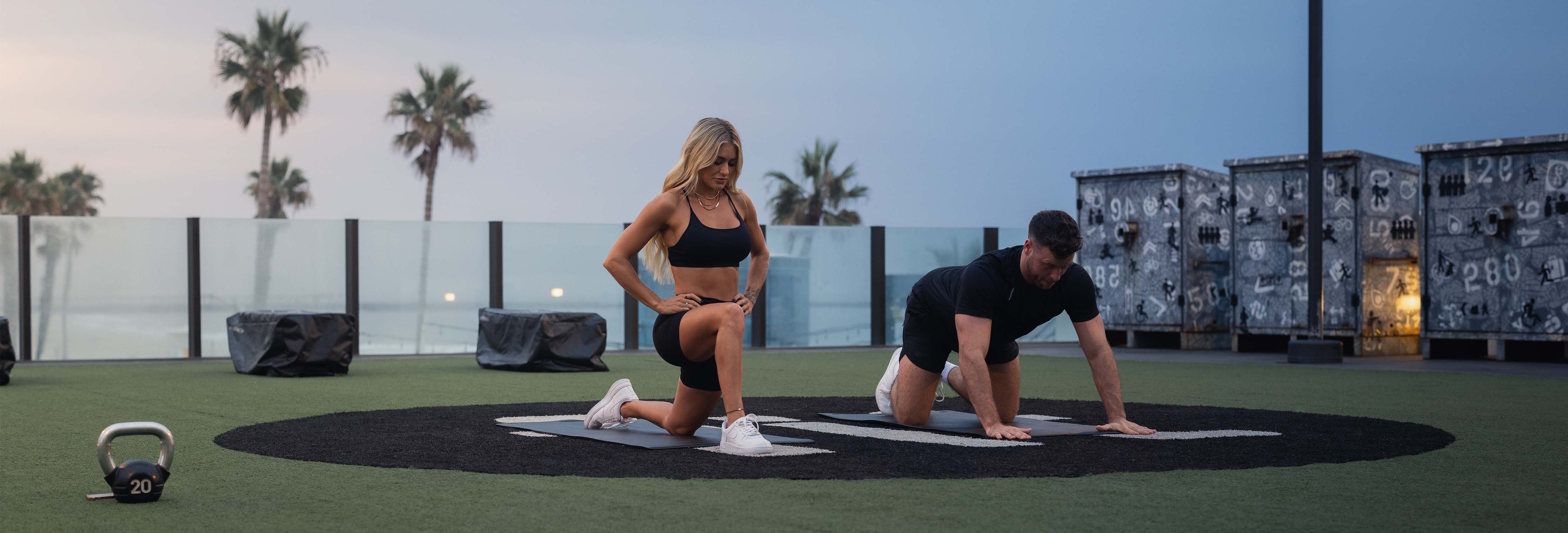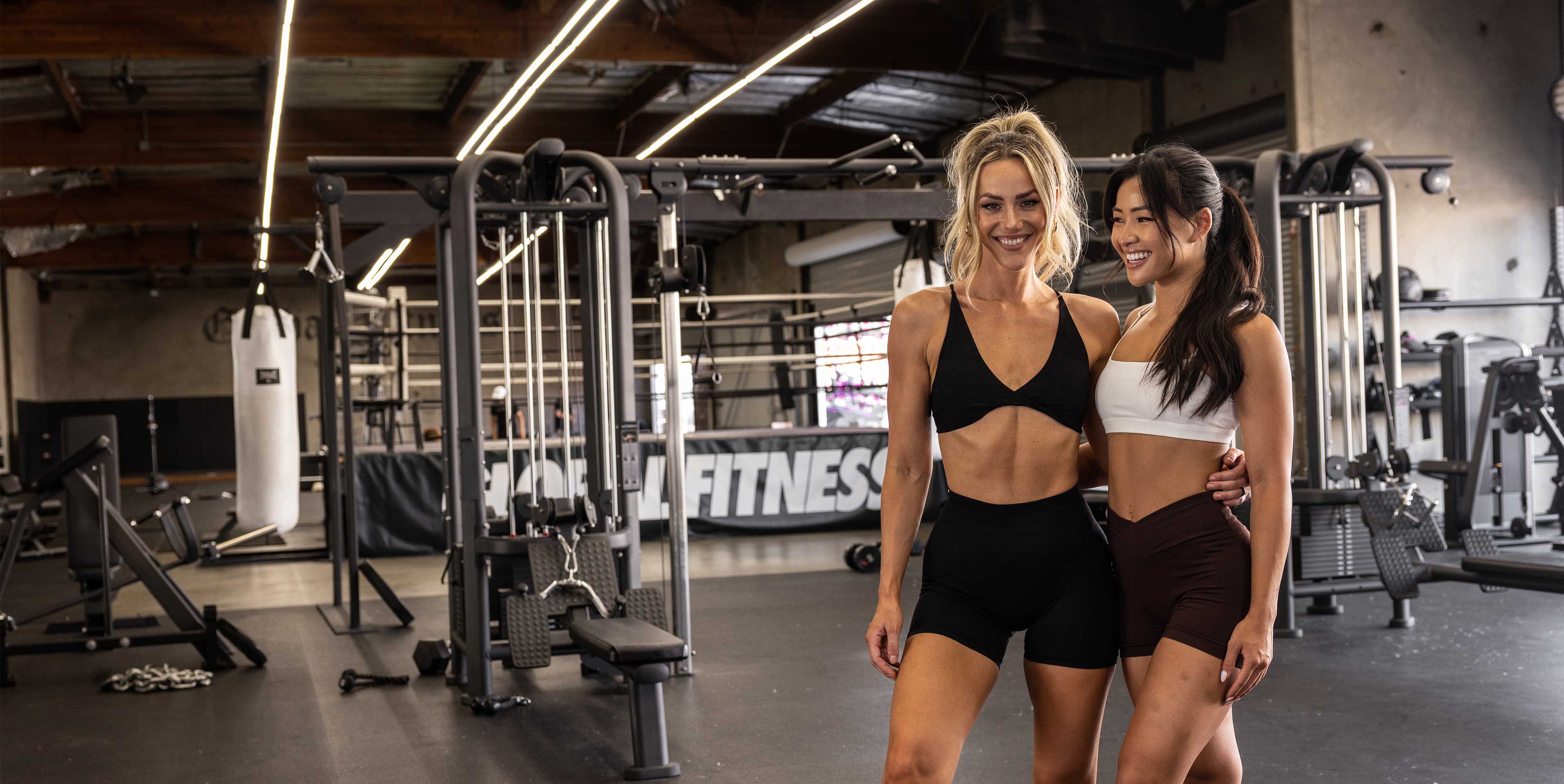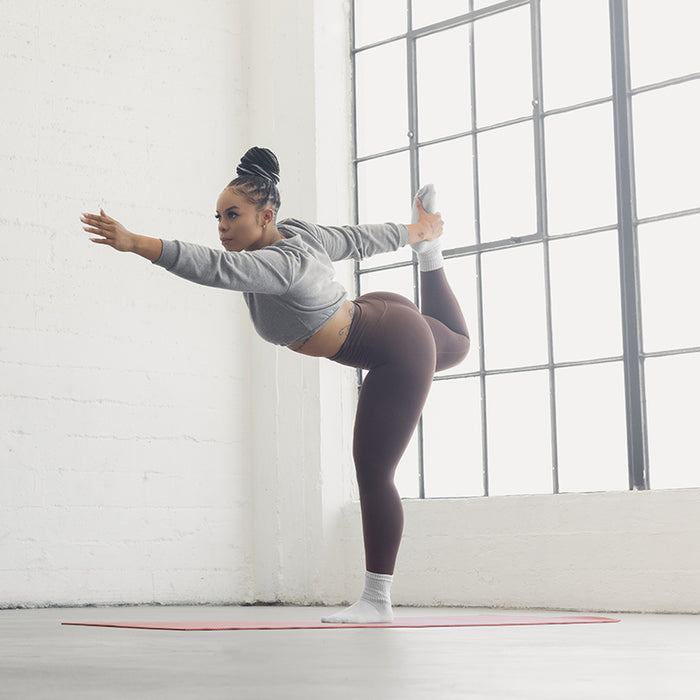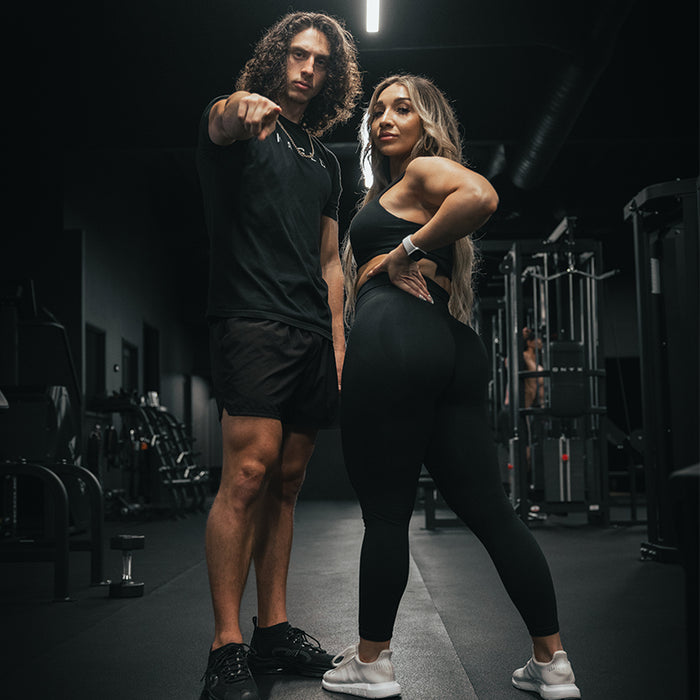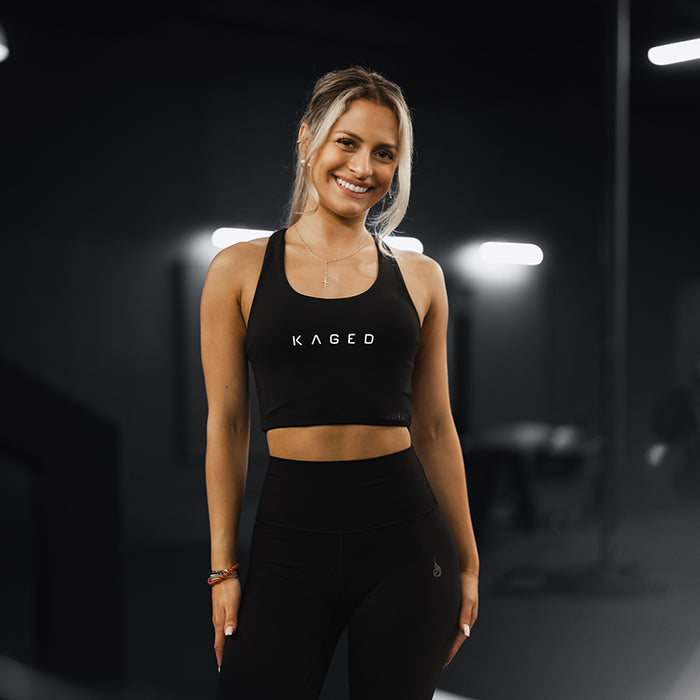When we’re in the gym pushing for that extra rep, we may imagine that our muscles grow and fat sheds off our body right then and there.
However, this isn’t the case. Our body builds muscle, burns fat, and adapts to our training when we’re recovering, not when we’re training
That’s why, if you’re serious about making progress in the gym, you shouldn’t spend your rest days laying on the couch. Instead, you should include active recovery in your program.
What Is Active Recovery?
Active recovery refers to non-strenuous exercise. It could be a long walk on your off-day, a “flush ride” on the stationary bike after leg day, or taking a light yoga class.
Think of it as the difference between “movement” and “training.”
With training, you’re also pushing yourself. You go for the extra rep, the extra five minutes, and try to shave off the extra seconds.
Active recovery is about movement, flow, enjoyment.
If you’re serious in the gym, you may find these activities paradoxically more difficult than pushing yourself to failure in the gym.
What Are The Benefits of Active Recovery?
Active recovery comes with an array of benefits. It can support recovery, may help reduce soreness, and contains other less tangible benefits.
Improves Your Circulation and Blood Flow
Our muscles can only recover if our body can bring in fresh, nutrient-rich blood. If you’ve trained legs, your lower body is screaming for nutrients. Going for a walk, or a light cycle, or other types of light movement can increase your circulation, which in turn can speed up your recovery.
Clears Lactic Acid and Reduces DOMS
When we’re sore, that means we’ve built up a lot of lactic acid. This soreness is called “delayed-onset muscle soreness,” or DOMS. The sooner we can clear lactic acid and reduce soreness, the sooner we’ll be able to train hard again.
A 2018 meta-analysis on active recovery published in Frontiers in Physiology, examined the available research on post-workout modalities ranging from massage to cryotherapy. They found that massage as an active-recovery method performed the best for reducing DOMS.
Anecdotally, professional athletes in sports like ice hockey and soccer have done what are called “flush rides” after intense training. The idea behind this is to ride a stationary bike at low to medium intensity to “flush” the lactic acid out, thereby speeding up recovery and reducing soreness.
We know that when we’re sore, we’re more susceptible to injuries, so indirectly, active recovery can even help you reduce injuries.
Helps You Program Recovery
Look, we don’t need to sell you on the importance of recovery.
You probably already know you should be doing things like myofascial release, stretching, and daily non-exercise movement. Active recovery helps you program recovery into your training schedule.
If you choose to do it post-workout, that means it’s now part of your training. If you do it on your off-days, that means you now have something to fill in the time during which you’re normally at the gym.
For the hyper-motivated, training hard isn’t the challenge. The challenge may be knowing when to take days off and dial it back. Programming active recovery helps you ensure you take this downtime that’s necessary to reach your goals.
Within this, you may also find hidden knowledge about finding balance. As polymath Josh Waitzkin says in his book, The Art of Learning, “There is a careful balance of pushing yourself relentlessly, but not so hard that you melt down.”
Encourages Movement Diversity, Which May Help Prevent Injuries
On another practical level, active recovery creates space and encouragement to try new activities. It may mean you give yoga a shot, or hiking, or give you the push to kick a soccer ball around with your kids.
If you’re used to focusing on resistance training exercises, your body is used to those movements, and may have adapted imbalances to be able to perform well in that. For example, bodybuilders often present with a spinal posture that causes their pelvis to tilt forward. This gives them the appearance of having a “gut” even if their body fat is incredibly low. More importantly, it creates a host of muscle imbalances that leave them susceptible to many injuries.
While a (literal) walk in the park isn’t necessarily the solution to this, an array of non-strenuous exercise methods, whether that’s foam rolling, stretching, yoga, and more, can be a part of helping prevent injuries.
Fresh Air, Fresh Mind
Finally, off-day activities like getting outside means you’re likely also going to get some sunlight. This in turn supports your circadian rhythm, sleep, alertness, mood, and more.
We also know that any movement increases the sympathetic nervous system, which helps us be more alert and awake.
I don’t think we need to sell you on the value of the fresh air and relaxing movement.

12 Different Ideas to Get In Your Movement-Fix
As for ideas, they are endless. Choose the ones that sound the most appealing to you.
- Walking, ideally in nature
- Light yoga
- Foam rolling
- Massage
- Stretching
- Hiking
- “Flush rides” on stationary bikes
- Low-intensity, steady state cardio on a treadmill
- Bodyweight exercises like squats and push-ups
- Playing with your dog
- Playing catch, kicking a soccer ball, or other sport activities (low or medium intensity)
- Try something new! Take a class.
When Should You Do Active Recovery?
Some of the specific research on active recovery looked specifically at post-workout AR, like this 2010 study on active recovery and lactate clearance.
If your goal is to specifically reduce DOMS, then doing some light movement on the same muscles after training seems to be the most beneficial.
You should also do active recovery on your off-days. This ensures you’re moving daily.
Never Forget the Basics. They Are Your Foundation.
When it comes to recovery, we can be tempted by “shiny new object syndrome.” If you can’t muster yourself to go on a walk every day, you have no business worrying about advanced recovery strategies like ice baths, saunas, or compression therapy.
A simple walk on your off days can do wonders for your life, transcending well beyond the gym. As Henry David Thoreau said, “The moment my legs begin to move, my thoughts begin to flow.”
FAQ
Is active recovery different from active rest?
Yes. Active rest refers to what you do in between gym sets. For example, if you’re training your upper body, it’s common to include lower body mobility exercises in between sets.
What might a workout split look like with active recovery?
If you train with a 4-day split of Monday, Tuesday, Thursday, and Friday, then you can program active recovery on Wednesday and Saturday. On Sunday, we still encourage you to move, but it’s okay to have a passive rest day too.
Is active recovery just for advanced trainees?
Nope. Movement is for everyone. Even if it’s your first week training, we encourage you to get in a bit of active recovery on your off days.
What supplements should I take on my “active recovery” days?
On your active recovery days, you don’t need the pre-workout or the extra protein from protein shakes that you may take on your training days.
We consider supplements like a quality greens powder, a whole-food based multivitamin, and a sustainable-harvested omega-3 supplement daily essentials.
Blend of 26 fruits + vegetables + herbs
Whole-food sourced multi
High-absorption fish oil

